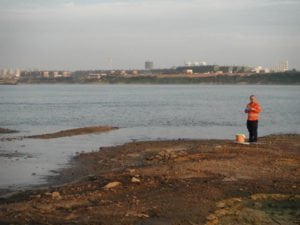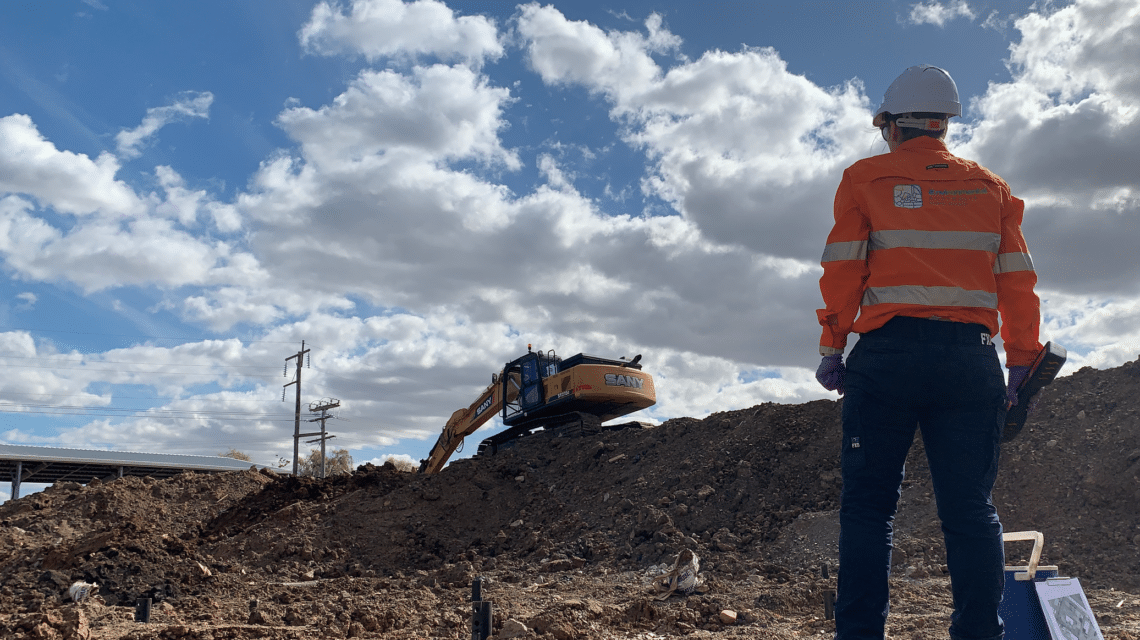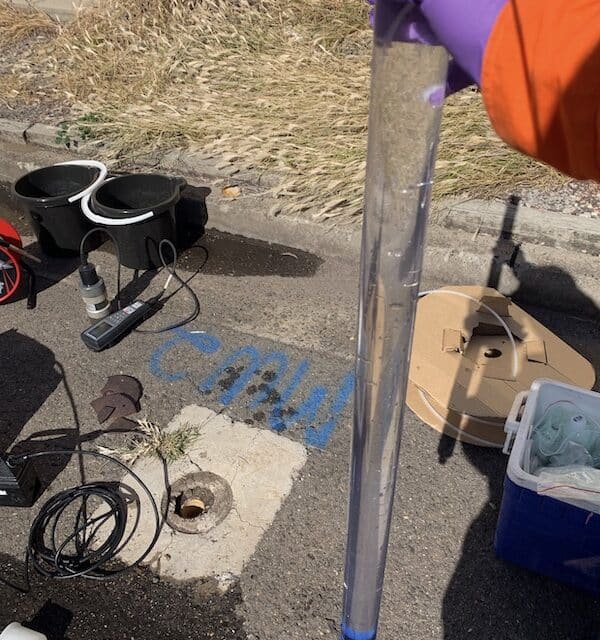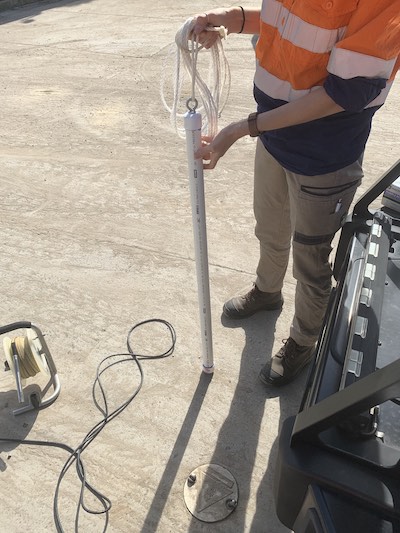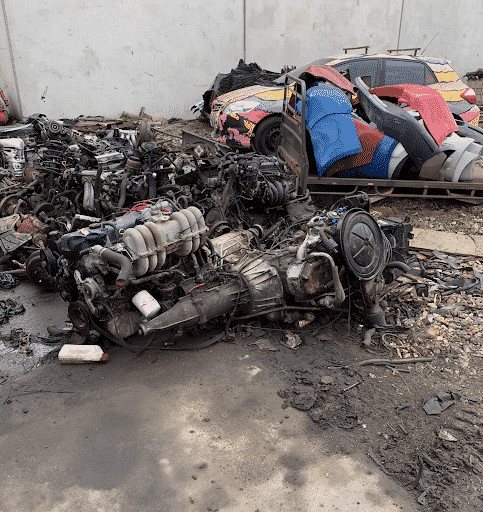
Project Overview: iEnvironmental Australia (iEnvi) conducted a Delineation Investigation (DI) at anindustrial site located in the northwest of Sydney, following a request from the NSW EPA based on the findings of potential risk in a baseline environmental investigation. The site, involved in aerosol and paint manufacturing, required a thorough assessment to determine contamination levels and
read more


